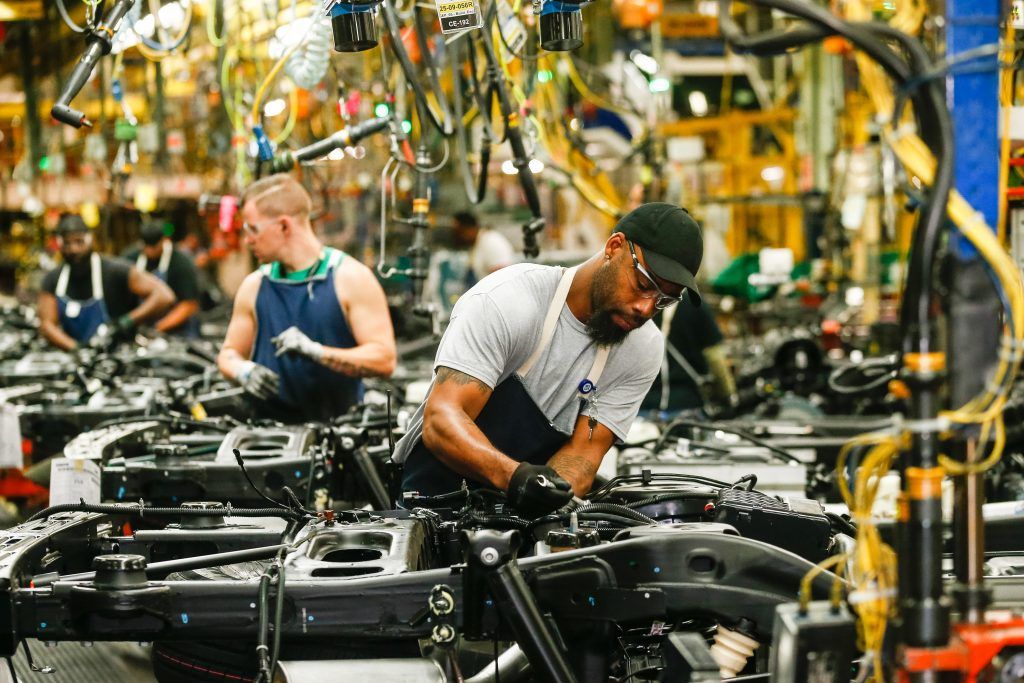The White House Trade Representative (USTR) released an estimate of U.S. content in vehicles assembled in Mexico and Canada.
In the case of Canada, this coverage is 50 percent.
For Mexico, it is 35 percent.
USMCA automotive rules
The calculations are based on an economic model provided by an industry association that considers vehicle production and assembly, vehicle and auto parts trade volumes, and other factors.
Both figures reflect the degree of integration of automotive value chains in North America.
First, the North American Free Trade Agreement (NAFTA), in force since 1994, boosted this integration by eliminating tariffs on intra-regional trade and attracting investment by providing clear rules and a dispute settlement system, among other aspects.
Later, the Agreement between Mexico, the United States and Canada (USMCA), which replaced NAFTA in July 2000, tightened the rules of origin in the automotive sector, requiring higher regional content.
U.S. content in vehicles
The USMCA became the first trade agreement in the world to require a Labor Content Value (LCV).
The agreement establishes a LCV of 40%. That is, 40% of the value of the vehicle must be produced using wages of, at least, US$16 per hour. To this end:
- Credits of up to 10% may be obtained for activities related to research and development; and, information technology.
- Credits of up to 5% for manufacturing capacity for:
- Engines (100,000 units).
- Transmissions (100,000 units).
- Batteries (25,000 units).
The USMCA also increases the Regional Value Content (RVC) from 62.5 to 75%, with a new methodology.
In addition, it requires that 70% of the steel and aluminum must be from the North American region.
Another condition is that the following so-called “essential” auto parts must comply with 75% RCA on average (value).
- Engines.
- Chassis & body
- Transmission case.
- Axles.
- Suspension.
- Steering system
- Batteries.
The rules of origin refer to the criteria agreed in a treaty to define when a good is considered originating (by its level of regional content) to enjoy tariff preferences.

